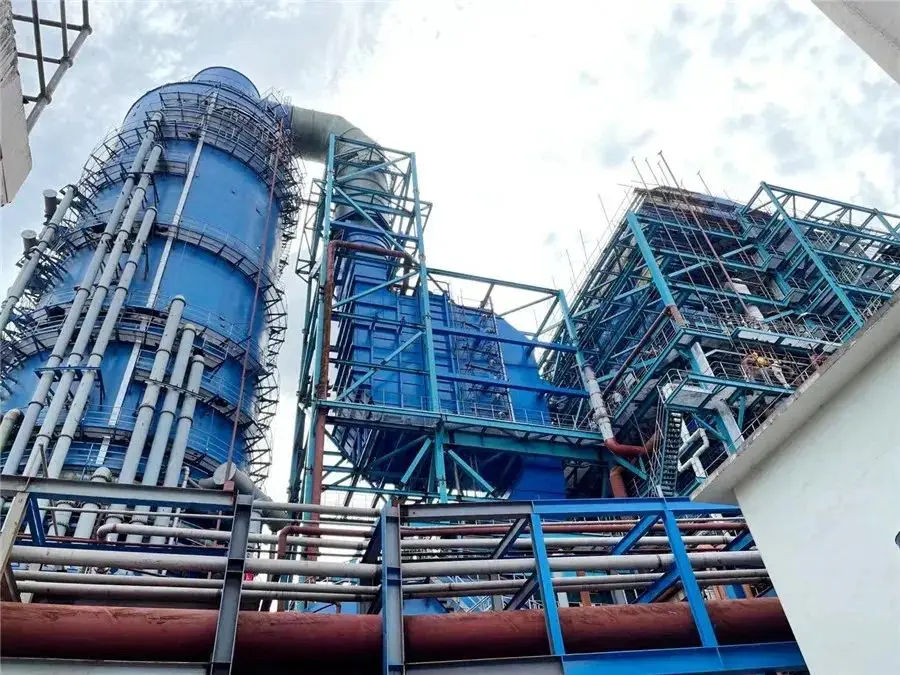
Дек . 29, 2024 03:36 Back to list
steam boiler function
The Functionality of Steam Boilers An Overview
Steam boilers play a crucial role in modern industrial processes and heating systems. Their primary function revolves around generating steam, which can be harnessed for various applications including electricity generation, heating, and powering machinery. Understanding the functionality of steam boilers involves delving into their mechanisms, types, and the fundamental principles behind their operation.
At its core, a steam boiler is a closed vessel designed to convert water into steam through the application of heat. The basic principle involves heating water to the point where it transitions from liquid to gas, thereby creating steam. This process is governed by the laws of thermodynamics, specifically the principles of heat transfer and fluid dynamics.
Types of Steam Boilers
There are several types of steam boilers, each suited for specific applications. The two main categories are fire-tube boilers and water-tube boilers.
1. Fire-Tube Boilers In these boilers, hot gases from fuel combustion pass through tubes that are submerged in water. The heat from the gases transfers to the water, converting it to steam. Fire-tube boilers are typically simpler, more economical, and ideal for lower-pressure steam applications.
2. Water-Tube Boilers In contrast, water-tube boilers have water in the tubes, and hot gases circulate outside the tubes. This design allows for higher pressure and temperature capabilities, making them suitable for large-scale industrial applications. They are more efficient and can respond rapidly to changes in steam demand.
steam boiler function

The Steam Generation Process
The steam generation process begins with a reliable heat source, typically burning fossil fuels such as natural gas, coal, or oil, or using biomass. The heat generated from combustion is transferred to water contained within the boiler, which eventually turns into steam. The efficiency of steam production is influenced by several factors, including the fuel type, boiler design, and operational practices.
Once steam is generated, it can be directed for various uses. In power plants, steam is often piped to turbines that convert thermal energy into mechanical energy, ultimately generating electricity. In industrial settings, steam acts as a medium for carrying heat to processes such as heating, drying, and sterilization. Additionally, in residential applications, steam boilers provide centralized heating through radiators or radiant floor systems.
Safety and Maintenance
Safety is paramount in the operation of steam boilers, given the high pressures and temperatures involved. Most boilers are equipped with various safety features, including pressure relief valves, automatic shut-off mechanisms, and water level controls. Regular maintenance is critical to ensure safe and efficient operations. This may include inspections, cleaning, and repairs to address any wear and tear or operational inconsistencies.
Conclusion
In summary, steam boilers are essential components in numerous industries, playing a vital role in energy production and various heating applications. Their ability to efficiently generate steam allows them to serve as a backbone for several industries, from electricity generation to manufacturing. Understanding their function and operation is crucial for ensuring safe, efficient, and sustainable practices in steam generation. As technology advances, innovations in steam boiler design and operation continue to enhance their efficiency and reliability, paving the way for a more energy-efficient future.
-
Best Steam Boiler Design PDF Free Design Calculation & Diagram Downloads
NewsJun.10,2025
-
Hot Boiler Water Heater Efficient Heating Solutions for Home & Commercial Use
NewsJun.10,2025
-
Steam Boiler Safety Devices High-Quality Protection Valves
NewsJun.10,2025
-
Ultimate Steam Boiler Checklist for Safety & Efficiency
NewsJun.10,2025
-
Optimal Hot Water Boiler Temperature Setting Guide
NewsJun.10,2025
-
Effective Hot Water Boiler Chemical Treatment Protect & Maintain
NewsJun.09,2025
Related PRODUCTS






















